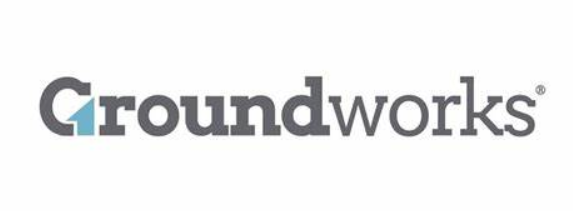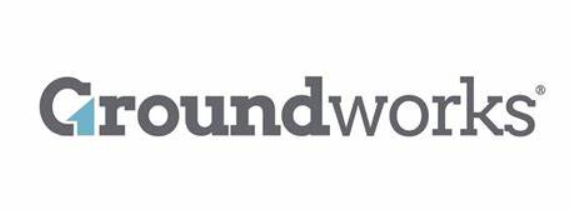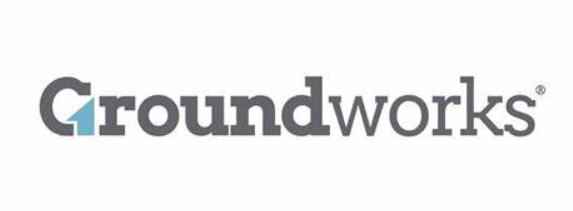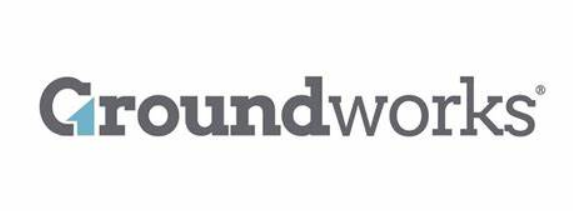Information
-
Site
-
Person Completing the Inspection
-
Location
-
Brand
-
Date
Areas of Review
1. First Aid & OSHA Postings
-
Are fully supplied first aid kits easily accessible to each work area (shop & office), periodically inspected and replenished as needed?<br>
-
Do you have the "OSHA Job Safety & Health : Its the law" poster in a conspicuous location? (this is free to print or order from OSHA's website)
-
Is previous year OSHA 300 Log posted (Feb 1 - April 30)?
-
Is the current OSHA 300 Log up to date and kept electronically?
-
Are past 5 years of OSHA 300 Logs kept and filed locally?
2. Fire Protection
-
Is proper clearance maintained below sprinkler heads (18in)?<br>
-
Are fire extinguishers properly charged and noted with current inspection tag from supplier?<br>
-
Are fire extinguishers free from being blocked by clutter, debris or storage and easily visible?<br>
-
Are fire extinguishers located so employees would not have to travel beyond 75ft to reach one?
3. Personal Protective Equipment
-
Is PPE and other safety equipment provided and used when operating in the facility?<br>
4. General Work Environment
-
Is the facility clean, sanitary and orderly? (restrooms and locker areas)<br>
-
Is combustible scrap, debris and waste stored safely and removed from the facility promptly?<br>
-
Are all work areas adequately illuminated?<br>
5. Walkways
-
Are aisles and passageways kept clear with a minimum of 28in of width? <br>
-
Are materials or equipment stored in such a way that sharp projections will not interfere with the walkway?<br>
-
Are changes of elevations (trip hazards) identifiable and marked?<br>
-
Is adequate headroom provided for the entire length of any aisle or walkway?<br>
6. Stairs and Stairways
-
Are there handrails on all stairways have at least four risers/steps?<br>
-
Are all stairways at least 22 inches wide?<br>
-
Are step risers and treads on stairs uniform from top to bottom?<br>
-
Are stairway handrails capable of withstanding a load of 200 pounds of the top edge in any downward or outward direction?<br>
7. Elevated Surfaces, Mezzanines & Storage
-
Are surfaces that are elevated more than 4 feet equipped with guardrails or fall protection?<br>
-
Are railings and 4in toe boards installed around the edges of mezzanines where persons are able to walk or work?
-
Is a permanent means of access and egress provided to elevated storage and work surfaces?<br>
-
Is material on elevated surfaces piled, stacked, or racked in a manner to prevent it from, falling, collapsing or rolling?<br>
-
Are storage rack columns anchored to the floor to prevent incidental movement?
8. Exiting or Egress-Evacuation
-
Are doors, passageways or stairways that are not exits, but could be mistaken for exits, appropriately marked "NOT AN EXIT," "OFFICE," "STORAGE," etc.?<br>
-
Are exit signs labeled with the word "EXIT" in lettering at least 5 inches high and the stroke of the lettering at least 1/2 inch wide?<br>
-
Are all exits kept free of obstructions?<br>
-
Are exit doors able to be opened from the direction of exit travel without the use of a key or any special knowledge or effort?<br>
-
Do you have a clearly defined Emergency Evacuation Assembly area and evacuation plan?
-
Has the facility performed an emergency evacuation drill?
-
When was the evacuation drill performed?
10. Portable Ladders
-
Are all ladders maintained in good condition, joints between steps and side rails tight, all hardware and fittings securely attached, and moveable parts operating freely without binding?<br>
-
Are ladders that are broken, have missing steps, rungs, or cleats, broken side rails, or other faulty components throw out? <br>
-
Are stored ladders secured (to the wall) from falling when stored?
11. Hand Tools and Equipment
-
Are hand tools, such as chisels, punches, etc., which develop mushroomed heads during use, reconditioned or replaced as necessary?<br>
-
Are broken or fractured handles on hammers, axes and similar equipment replaced promptly?<br>
12. Power Tools and Equipment
-
Are bench grinders, saws and other tools used with proper shields, guards, or attachments, as designed by the manufacturer?<br>
-
Are bench and pedestal grinders permanently mounted?<br>
-
Is the work rest on bench grinders kept adjusted to within 1/8 inch of the wheel?
-
Are all cord-connected, electrically operated tools and equipment effectively grounded with 3rd plug prong?<br>
-
Are pneumatic and hydraulic hoses on powder-operated tools checked regularly for deterioration or damage?<br>
13. Welding, Cutting, Brazing
-
Are fuel cylinders kept and stored with the cap over the valve? <br>
-
Are fuel cylinders kept away from sources of heat and elevators, stairs, or gangways?<br>
14. Industrial Trucks-Forklift
-
Are all operators trained to operate the unit per OSHA standards? (Workday LMS training & I-Auditor evaluation)
-
Does each forklift have a warning horn, whistle, gong, or other device that can be clearly heard above normal noise in the areas where it is operated?<br>
-
Does the parking brake of the forklift prevent the vehicle from moving when unattended?<br>
-
Are forklifts secured and parked properly with brake on and forks lowered?
15. Electrical
-
Do all extension cords have a grounding conductor 3rd plug prong?<br>
-
Are all areas free from "daisy chains"? (power strip plugged into a power strip)
-
Are exposed wiring and cords with frayed or deteriorated insulation repaired or replaced promptly?<br>
-
Are electrical enclosures such as switches, receptacles, junction boxes, etc., provided with tight-fitting covers or plates?<br>
-
Is there at least 3 feet of walking/working space in front of and around electrical panel boards?
16. Propane take and fluid storage
-
Are tanks kept away from exits, stairways, entryways, high-traffic areas & flammable or combustible materials?
-
Are cylinders placed off the ground in a container or protected area that allows ventilation and protect from collisions?
-
Are barrels of oil or other fluids stored with containment to eliminate spill directly onto the ground?
-
Are flammable liquids such as gas, paint, solvents etc stored in a secure area (flam cabinet)?
-
Are gas and fuel cans stored in a secured area and protected?
17. Lock out/Tag out
-
Are all out of service or otherwise broken electrical or pneumatic power tools tagged out and placed in an area as not to be used?
-
Are large machines such as skid steers and mini excavators positioned and locked out if being serviced or repaired?
18. Exterior and Lot
-
Is the lot clean and free of debris that could cause a trip/fall?
-
Are vehicles and trucks parked in an orderly manor?
-
Is the exterior of emergency exit routes clear and not blocked?
-
Is the lot properly illuminated?
-
Is on site fuel in good shape?
19. Training Documents & Required on Site Documents
-
Are monthly training documents kept and filed in an organized manner?
-
Is there a certified copy of the Groundworks Safety Manual?
-
Is there a certified copy of the Accident/Illness Recording and Reporting Procedure guidebook?
-
Is there a certified copy of the Fire Prevention Plan ?
-
Is there a certified copy of the Emergency Action Plan / Preparedness Program?
-
Is there a certified copy of the Fall Protection / Stairs & Ladders Plan?
-
Is there a certified copy of the Personal Protective Equipment Plan?
-
Is there a certified copy of the Powered Industrial Equipment / Forklift Guidebook?
-
Is there a certified copy of the Respiratory & Crystalline Silica Guidebook?
-
Is there a certified copy of the Excavation Code and Safety Guidebook?
20. Quality Validation
-
Did you observe crew outs?
-
Describe how the crew out went.
-
Has every employee completed the Workday Intro to Competent Person training?
-
Have all new hires completed required training?
-
Did you interview an employee?
-
Name of the employee?
-
Has the employee completed all required Workday training?
-
Has the employee completed SMITH System driver training (if an approved driver)?
-
Does the employee remember the topic of the last Toolbox Talk or Training?
-
Does the employee remember the last hands on MVP training they completed?
-
Does the employee know and understand the PPE policy?
-
Does the employee know where the Emergency Evacuation Assembly Area is?
-
Does the employee know and understand the incident reporting process (MedCor)?











